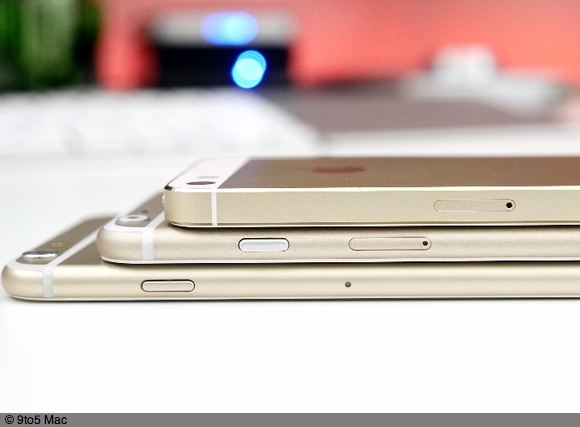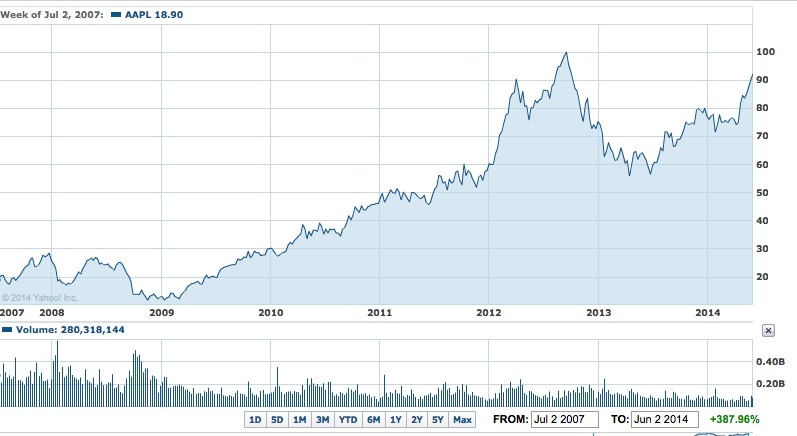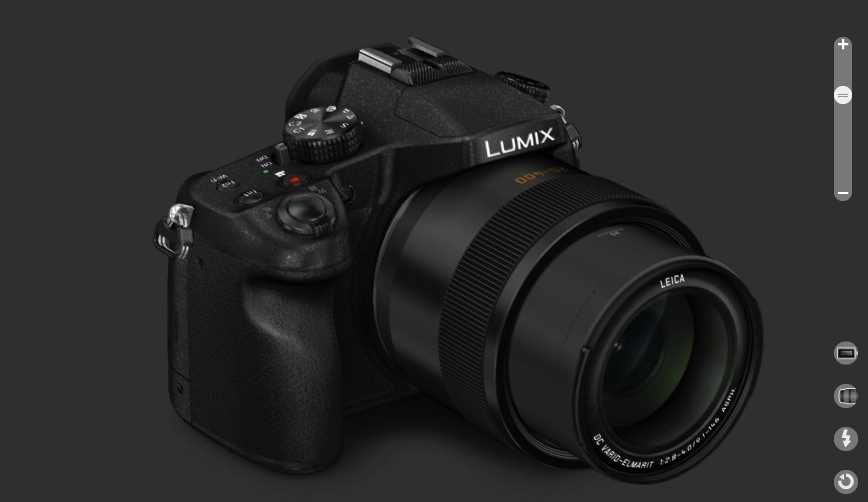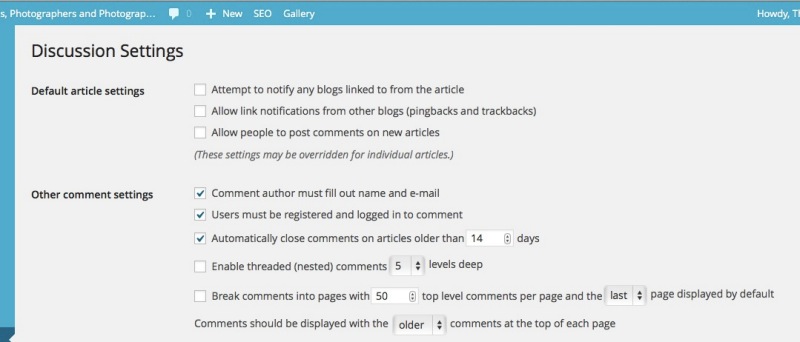Tech product of the century.

Mock ups of forthcoming iPhones.
The iPhone went on sale 7 years ago today and transformed a flailing enterprise into the world’s largest capitalization public company.
After its recent 7:1 split, the stock has risen from $20 to $90 in that time:

AAPL since the iPhone came to market. Up almost 400%.
I well recall watching Steve Jobs’s earlier product demonstration and it was breathtakingly good. I bought my iPhone on July 1, 2007 from the San Luis Obispo Apple Store – no crowds – and have never looked back. Back then there was no AppStore and what few apps there were ran over the air as widgets, slow and clunky. Look at the AppStore today. One million apps and counting and a like number of jobs created in China. Trillions in wealth have been created, whether for the manufacturers, Apple, its investors, developers, serial thieves (Samsung, Google, etc.) and the many connected factions. An event comparable in magnitude to the creation of the railroads, the automobile and air travel.
It has since leaked just how early the prototype Jobs displayed really was. Much of the presentation was faked, many functions did not work but the master showman got away with it and somehow Apple managed to bring a perfected device to market by the end of June.
That first iPhone had scant memory, no camera and cost an astounding $600, though Apple later issued $200 rebate coupons to early buyers like me, as well as to the unwashed herds of unemployed who camped out at Apple stores across the nation. AT&T (Cingular back then) was the only carrier choice for years. The telco subsidy model had not yet been crafted and, once in place, the price dropped to $200 with AT&T paying AAPL the difference of $400 and recovering the cost through inflated monthly use charges. When it comes to lack of integrity you need look no further than US telcos. When the two year subsidy contract expires do they drop their charges as they are no longer paying for the hardware? Of course not. Thus only a fool refuses to upgrade his iPhone every two years as the old one can be sold for $400 to some Russkie on eBay and the latest technology procured for $200. Apple of course loves this pricing/subsidy model for obvious reasons.
I can’t wait to get my larger iPhone this fall. Apple has been slow to market here, but you can bet the product will be every bit as perfect as was the original, 7 years ago. And in two years I’ll be selling mine.
Disclosure: Long AAPL bull call spreads.





